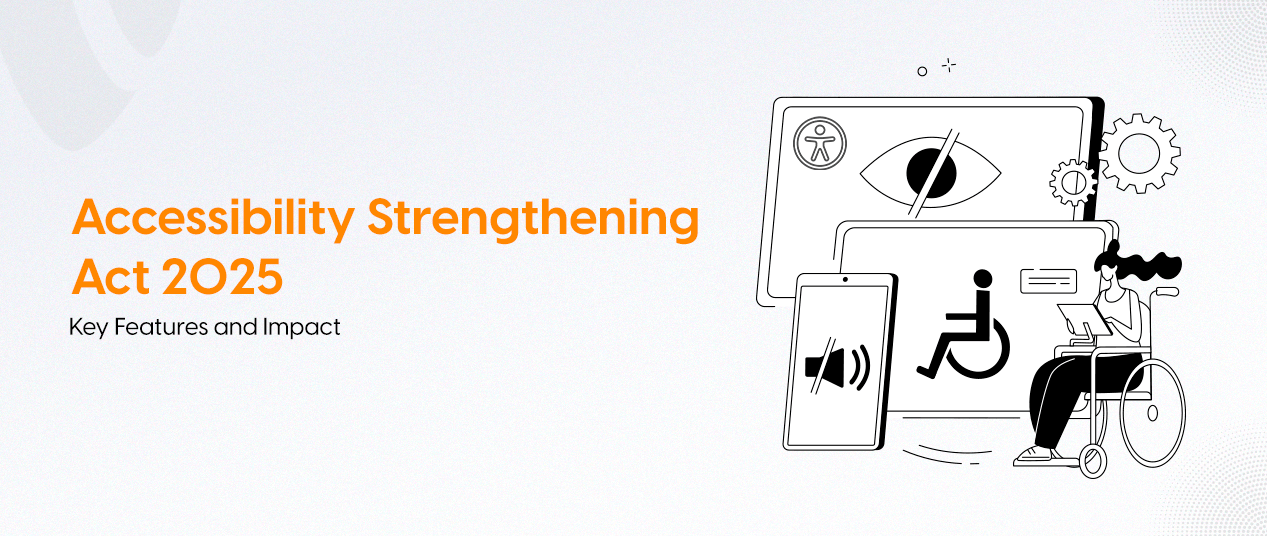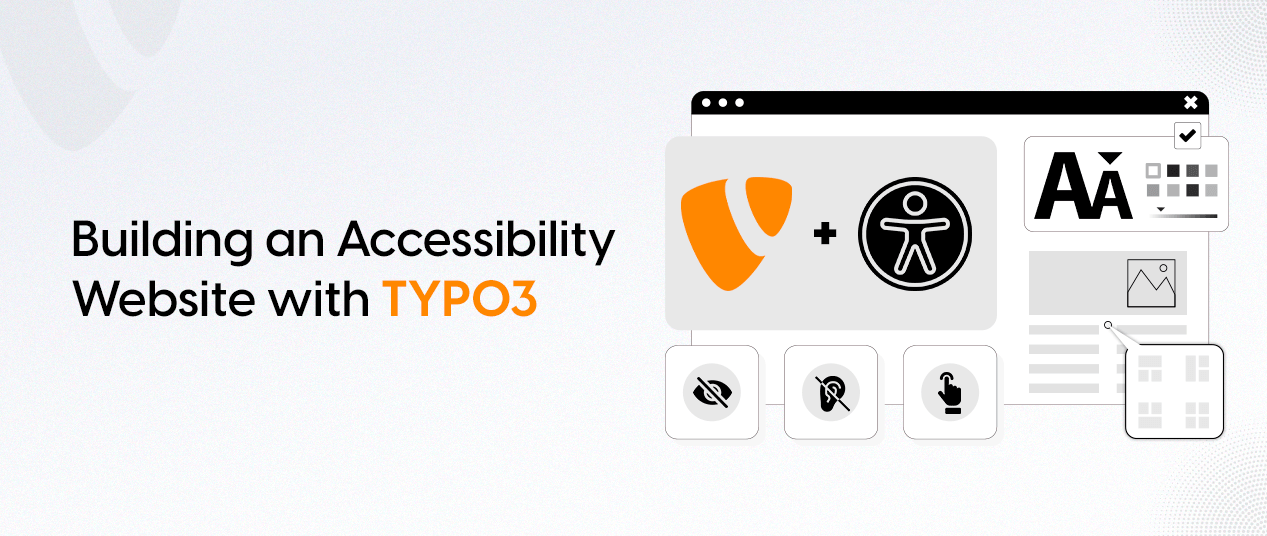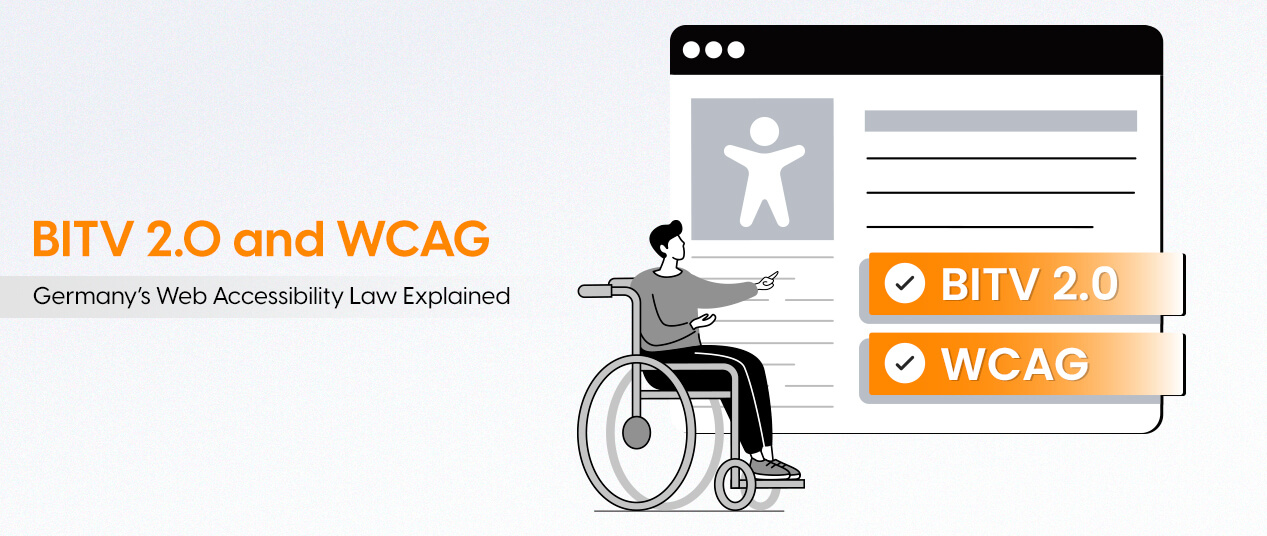The Accessibility Strengthening Act 2025 aims to improve access for people with disabilities in both digital and physical environments. This article explains the key features of the Act and what it means for businesses and organizations.
What is the Accessibility Strengthening Act 2025?
The Accessibility Strengthening Act 2025 was introduced to set new standards for accessibility in various sectors, ensuring that people with disabilities can access public services, businesses, and online platforms without barriers. With the rapid growth of digital services and the increasing need for physical spaces to accommodate everyone, it’s crucial to meet modern accessibility expectations.
Importance of Accessibility in Today's Digital and Physical Environments
In today's world, TYPO3 accessibility matters more than ever. Whether navigating a website, using public transport, or visiting a store, people with disabilities deserve equal access. This focuses on making sure digital platforms, physical spaces, and services are usable by everyone.
Background and Purpose Accessibility Strengthening Act 2025
The Act was introduced to keep up with the evolving global accessibility regulations. As more countries strengthen their accessibility laws, it aims to improve standards in various sectors. Its main goal is to enhance accessibility, so people with disabilities face fewer challenges in everyday life.
Key Features of the Accessibility Strengthening Act 2025
- Broadened Scope of Accessibility
The Act expands accessibility requirements to more sectors, including industries that weren’t covered before. This includes digital accessibility for websites, mobile apps, and digital services. - Revised Accessibility Standards
Physical spaces like buildings, transport, and public areas now need to meet stricter standards. The Act 2025 also highlights the importance of universal design—making spaces that work for everyone. - Assistive Technology Investment
The Act encourages investment in assistive technologies, offering tax incentives for companies that develop tools like screen readers and AI solutions. - Compliance Requirements
Businesses must carry out mandatory accessibility audits to ensure they meet the new standards. The Act has set deadlines for industries to comply, with phased implementation over time. - Penalties for Non-Compliance
Failing to meet the Act’s standards can result in financial penalties. Organizations are also required to be publicly accountable, with measures like publishing accessibility reports. A dedicated commission will monitor compliance and impose penalties for violations.
Impact on Businesses and Organizations
- Increased Inclusion
The Act ensures full participation of people with disabilities in both physical and digital spaces. - Digital Accessibility Requirements
Websites and apps need to be adapted to meet the new regulations. There are tools like TYPO3 Accessibility Checker and best practices businesses can use to ensure their digital platforms are accessible. - Physical Infrastructure Changes
For physical businesses, there will be updates in terms of construction, retrofitting, and design to comply with accessibility standards. - Inclusive Workforce Policies
Businesses are encouraged to create accessible workplaces and support services for employees with disabilities. This will help integrate diversity and inclusion into business strategies. - Boost in Innovation
Companies will invest in new accessibility technologies, driving growth in areas like AI and voice-controlled systems. - Higher Costs for Businesses
While beneficial in the long term, the Act poses financial challenges for businesses needing to upgrade infrastructure and technology. - Stronger Consumer Advocacy
People with disabilities will have more power to demand accessible products and services, holding companies accountable.
Implications for Various Sectors
- Healthcare and Public Services
Healthcare facilities and public services must improve accessibility to better serve people with disabilities. - Education
Schools and universities will need to adapt their learning environments and resources to meet accessibility standards. - Retail and E-Commerce
Online shopping platforms and physical stores must ensure they provide accessible experiences for all customers. - Tourism and Hospitality
Hotels, restaurants, and tourism operators will have to update their accessibility features to meet the new requirements. - Tech & Digital Services
Must comply with WCAG 3.0 for websites and apps, increasing demand for accessible design. - Transportation
Public transport and private services must provide accessible options, like low-floor buses and specialized vehicles. - Workplace
Employers must ensure accessible offices and provide reasonable accommodations for employees with disabilities.
Steps Businesses Can Take to Ensure Compliance
- Accessibility Audits
Companies should start by reviewing their physical and digital assets to identify where improvements are needed. - Hiring Accessibility Experts
Engaging consultants who specialize in accessibility can help guide organizations through the compliance process. - Investing in Training
Providing staff and leadership with training on accessibility best practices ensures the whole organization is aligned with the Act’s requirements. - Leveraging Technology
Businesses can use AI, software, and other tools to make their accessibility improvements more efficient. Design websites and apps with accessibility in mind. - Utilize Government Support
Take advantage of financial incentives and grants for accessibility improvements.
Get Started with TYPO3 Accessibility Solutions
At NITSAN, we understand the importance of accessibility and are committed to helping you navigate the changes brought by the Accessibility Strengthening Act 2025. Our team of TYPO3 experts can assist you in auditing your digital platforms and ensuring compliance with the new standards.
Contact us today to learn how we can help you create an accessible environment for all users and enhance your brand's inclusivity!
Conclusion
The Accessibility Strengthening Act 2025 brings necessary updates to how businesses approach accessibility. By improving both digital and physical environments, organizations can create inclusive experiences for everyone. Businesses should act now to ensure compliance and show their commitment to fostering inclusivity.
At NITSAN, your TYPO3 Agency, we provide expert accessibility services to help you make your website fully compliant and user-friendly for everyone. Feel free to reach out for any help or support!

Contact for SMEs, government organizations and BITV 2.0
Stefan Reinhardt
Service Partner - Germany





Be the First to Comment